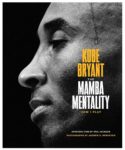Your Path to Unstoppable Grit and Success
What does it mean to think like an elite warrior?
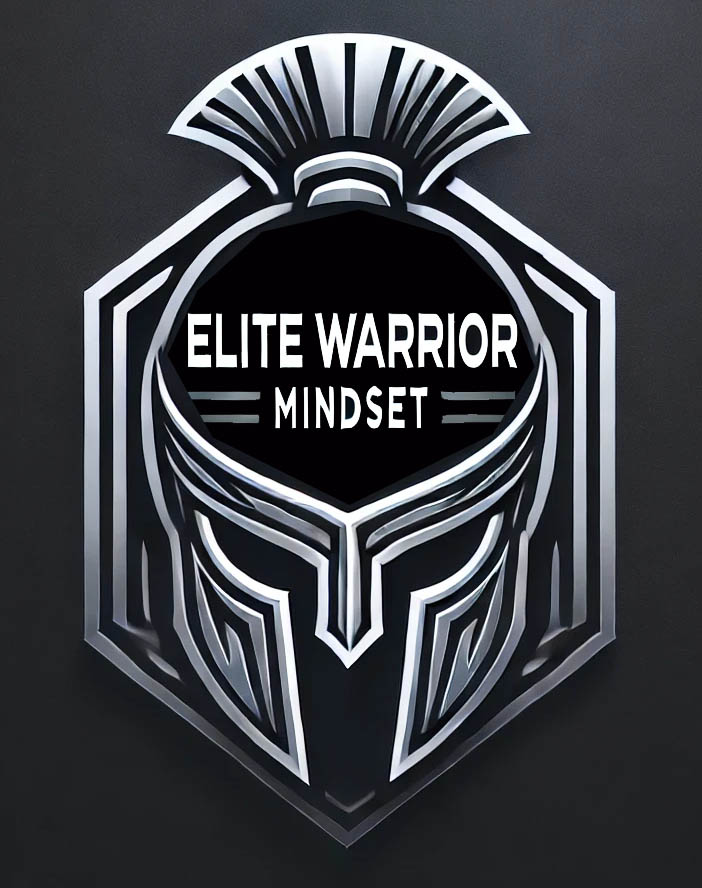
It’s not just about strength, skill, or talent. It’s about mindset—the unshakable discipline, mental toughness, and relentless drive that allow you to rise above adversity. It’s about controlling emotions, adapting under pressure, and refusing to accept mediocrity.
The good news? You can develop this mindset.
No one is born with an elite warrior mentality. It is built—through action, discipline, and daily choices. If you are ready to forge mental toughness and unstoppable willpower, this guide will show you how to train each of the 10 Core Tenets of the Elite Warrior Mindset (that you probably learned about from a previous article on this blog).
1. Build Unshakable Discipline:
Train Consistency Over Motivation
“Discipline is the bridge between goals and accomplishment.”
— Jim Rohn
Discipline is what separates those who dream from those who achieve. It’s the ability to execute, day in and day out, regardless of circumstances. Warriors don’t wait until they “feel like it” — they just do it.
How to build it:
- Create daily non-negotiables. Build habits that you follow no matter what—wake up at the same time, train every day, complete your priorities before anything else. Make it who you are, not something you “try to do.”
- Eliminate decision fatigue. Have a set morning routine, eat the same breakfast, wear similar clothes. The fewer trivial decisions you make, the more energy you save for important tasks.
- Hold yourself accountable. Set up consequences for breaking discipline—a cold shower, extra reps, a loss of privilege. If there’s no consequence for skipping, your discipline will crumble.
2. Develop Mental Toughness Under Pressure: Thrive in the Storm
“If you can keep your head when all about you are losing theirs… yours is the Earth and everything that’s in it.” — Rudyard Kipling
Pressure is a privilege—it means you’re in the arena. The difference between the weak and the elite is that warriors remain calm when others panic.
How to build it:
- Train in adversity. Push yourself through brutal workouts, fast for a day, take cold showers—seek controlled hardship so that when real adversity strikes, you’ve already conquered worse.
- Simulate pressure situations. Practice your craft in high-stakes scenarios—shoot free throws when you’re out of breath, speak in front of a crowd, put deadlines on projects. Train like it’s game day.
- Master your self-talk. Pressure is mental. Instead of saying, “I can’t handle this,” say, “I was made for this.” Reframe stress as energy that fuels peak performance.
3. Take Extreme Ownership:
Accept Full Responsibility for Everything
“The moment you take responsibility for everything in your life is the moment you can change anything in your life.” — Hal Elrod
Excuses are the language of mediocrity. Ownership gives you power. Warriors don’t blame teammates, circumstances, or luck—they focus on what they can control and fix it.
How to build it:
- Eliminate blame from your vocabulary. If something goes wrong, own it. Ask: What could I have done differently? Weak people blame others—warriors seek solutions.
- Lead yourself first. If you can’t lead yourself with discipline, no one will follow you. Take charge of your habits, training, and mindset.
- Make accountability public. Tell others about your goals. The more eyes on you, the less likely you are to make excuses.
4. Cultivate Resilience & Adaptability:
Bounce Back Stronger
“Do not pray for an easy life; pray for the strength to endure a difficult one.” — Bruce Lee
Failure isn’t final—it’s feedback. Elite warriors see setbacks as fuel for their next victory.
How to build it:
- Adopt the ‘Next Play’ mentality. Whether you fail a test, lose a game, or get rejected, move on immediately. Ask: What’s next? The past is irrelevant—your next action is what counts.
- Expect adversity. Don’t be surprised when things go wrong—be ready. See struggles as part of the process, not a sign to quit.
- Stay solution-focused. Instead of dwelling on problems, ask: What’s the best move I can make right now? Adapt and execute.
5. Develop a Relentless Work Ethic:
Outwork Everyone
“Success isn’t owned, it’s leased. And rent is due every day.”
— J.J. Watt
How to build it:
- Prioritize effort over talent. Hard work beats talent when talent doesn’t work hard. Warriors focus on consistent effort rather than short bursts of motivation.
- Schedule your grind. Block off dedicated time every day for skill development, conditioning, or self-improvement. Treat it like an unbreakable appointment.
- Measure progress aggressively. Track your workouts, study hours, reps, and results. Set clear, measurable targets and beat them.
6. Train Situational Awareness & Strategic Thinking: Stay Three Steps Ahead
“The supreme art of war is to subdue the enemy without fighting.” — Sun Tzu
How to build it:
- Study your environment. Know the game better than anyone. Review film, analyze competition, study trends—train your mind to recognize patterns.
- Think long-term. Short-term gratification kills long-term success. Warriors think in years, not minutes.
- Adapt quickly. If your plan fails, pivot immediately. Never freeze when things don’t go as expected.
7. Harness Calculated Aggression:
Know When to Strike
“The best time to plant a tree was 20 years ago. The second best time is now.” — Chinese Proverb
How to build it:
- Train explosive decision-making. Speed matters. Simulate situations where you must react fast under pressure.
- Strike at the right moment. Over-aggression burns energy. Learn when to wait and when to go all in.
- Act boldly, even when uncertain. Warriors don’t hesitate. They trust their preparation and make decisive moves.
8. Master Emotional Control & Stoicism:
Stay Unshaken
“A wise man will be master of his mind, a fool will be its slave.”
— Publilius Syrus
Elite warriors don’t let emotions dictate actions—they stay calm under fire.
How to build it:
- Pause before reacting. Before you respond, take a deep breath. Learn to act with logic, not emotion.
- Expose yourself to discomfort. When you control your response to stress, you control your mind.
- Focus only on what you can control. If it’s out of your hands, let it go.
9. Develop Unshakable Confidence:
Believe in Yourself
“He who conquers himself is the mightiest warrior.” — Confucius
How to build it:
- Back confidence with preparation. You earn confidence by doing the work—train harder than anyone, and your belief in yourself will be unshakable.
- Destroy negative self-talk. Change “I hope I can” to “I will.” Speak with conviction.
- Visualize winning daily. If you can see it in your mind, you’ll make it happen in real life.
10. The Will to Win:
Refuse to Accept Mediocrity
“You must expect great things of yourself before you can do them.” — Michael Jordan
How to build it:
- Refuse average effort. Do everything at the highest level—no half-measures.
- Surround yourself with winners. The company you keep determines your mindset.
- Cut out negativity. Make winning your standard.
Winners don’t participate—they dominate.
Are You Ready to Train Like an Elite Warrior?
Developing an Elite Warrior Mindset isn’t easy—but it’s worth it.
If you want to become an Elite Warrior, you have a choice…
Every day, you have a choice: live like everyone else or rise like a warrior.
Which will you choose?
It starts today. Train discipline. Train resilience. Train to win.
Become an Elite Warrior!














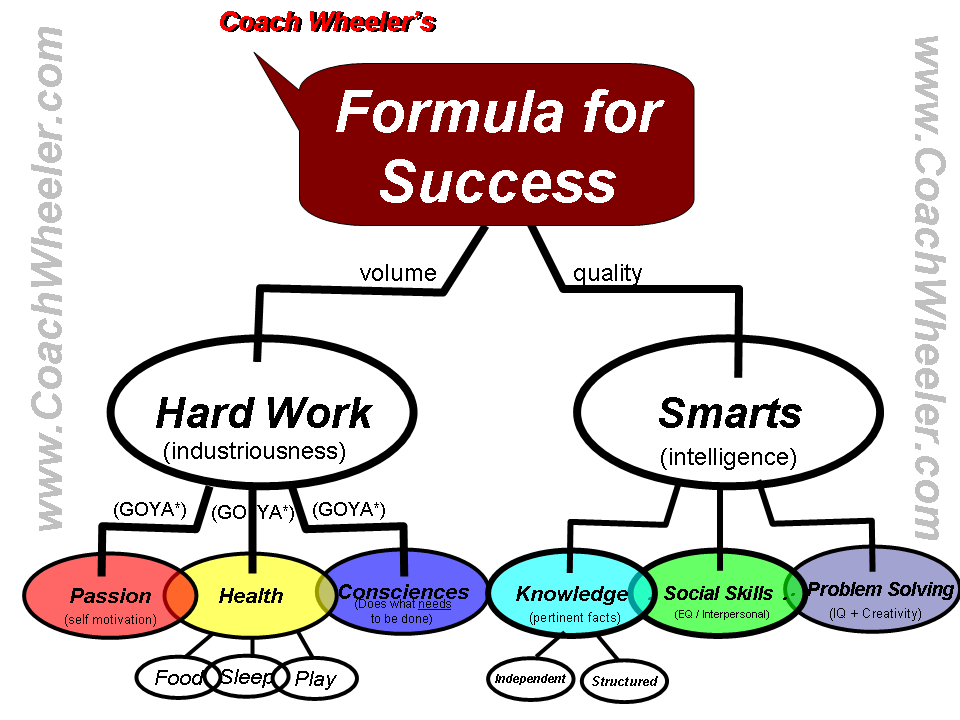
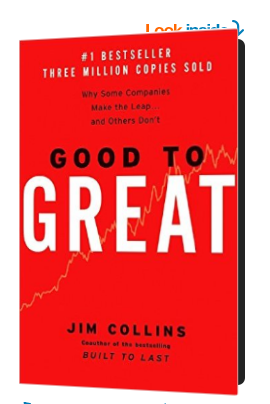

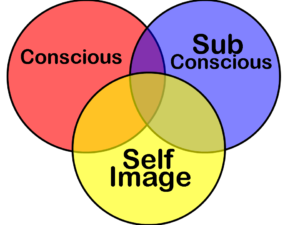 There are three parts to our mental processes. They are the conscious, subconscious and the often overlooked self-image. The conscious is where we “think our thoughts”. The subconscious is where our skills are embedded (and much of our programming such as our values and beliefs are stored). The Self Image, according to Lanny Bassham, is often missed or overlooked.
There are three parts to our mental processes. They are the conscious, subconscious and the often overlooked self-image. The conscious is where we “think our thoughts”. The subconscious is where our skills are embedded (and much of our programming such as our values and beliefs are stored). The Self Image, according to Lanny Bassham, is often missed or overlooked.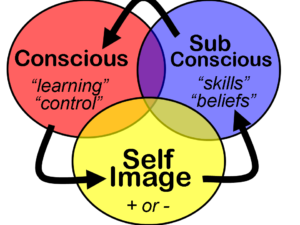
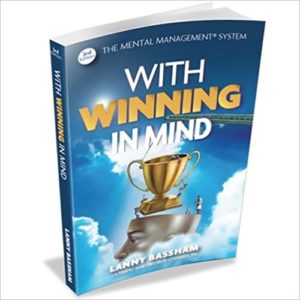 What he found out was what he turned into his Mental Management system and used to win the gold medal in the next Olympic games.
What he found out was what he turned into his Mental Management system and used to win the gold medal in the next Olympic games.